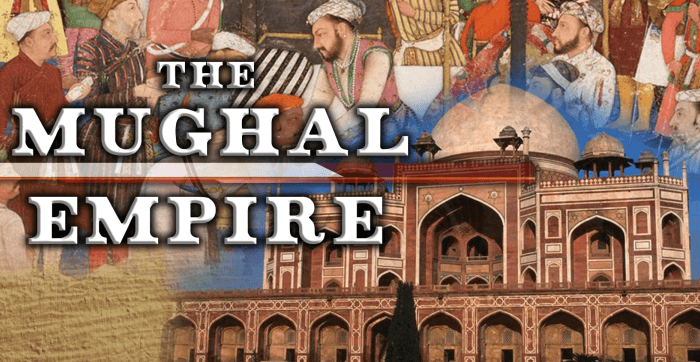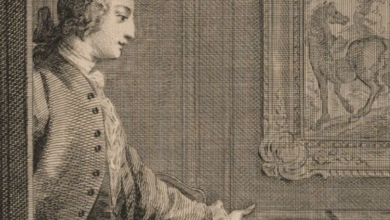From Babur to Shah Jahan: The Mughal Empire’s Family Lineage

The Mughal Empire, often romanticised for its luxury, artistry, and architectural marvels, is a fascinating chapter in India’s rich history. At the heart of this dynasty were the emperors who ruled over vast territories and left an indelible mark on the subcontinent. This article explores the Mughal Empire family tree, tracing the line from its founder, Babur, to one of its most renowned rulers, Shah Jahan.
Babur: The Founder of the Dynasty
The Mughal Empire owes its inception to Zahir-ud-din Muhammad Babur, better known as Babur. Born in 1483 in present-day Uzbekistan, Babur was a descendant of Timur on his father’s side and Genghis Khan on his mother’s side. In 1526, he established the Mughal Empire by defeating Ibrahim Lodhi, the Sultan of Delhi, in the First Battle of Panipat. Babur was not just a conqueror but also a poet, memoirist, and lover of gardens. He brought with him to India the rich Timurid cultural heritage, which would greatly influence the Mughal dynasty’s art and architecture.
Humayun: The Struggler and Reclaimer
Babur’s son, Nasir-ud-din Muhammad Humayun, ascended to the Mughal throne in 1530. Challenges and setbacks marked Humayun’s reign. He faced internal strife and external threats, including the aggression of the Afghan chieftain Sher Shah Suri. Humayun’s period of exile in Persia is a well-known chapter of his life. However, with the support of the Safavid ruler Shah Tahmasp, he managed to reclaim the Mughal throne in 1555. His untimely death in 1556 left the empire to his son, Akbar.
Akbar: The Great
Akbar, one of the most illustrious rulers in Indian history, took the Mughal Empire to new heights during his reign from 1556 to 1605. Akbar was born to Humayun and Hamida Banu Begum. Akbar was known for his policy of religious tolerance, administrative reforms, and cultural patronage. He encouraged a syncretic blend of Persian, Indian, and Central Asian cultures, which resulted in a flourishing era of art, architecture, and literature.
Akbar’s illustrious reign is often associated with his “Nine Jewels” or “Navaratnas,” a group of scholars, poets, and administrators who made significant contributions to his court. Some of the notable figures among them included Abu’l-Fazl ibn Mubarak, Birbal, and Tansen.
Read also Choosing The Best Daycare In Albuquerque: A ComprehensiveGuide For Parents
Jahangir: The Patron of the Arts
Jahangir, whose birth name was Nur-ud-din Muhammad Salim, succeeded his father Akbar in 1605. He is best remembered for his love for art and his fascination with the natural world. His reign saw the flourishing of Mughal miniature painting, with artists like Mansur and Bishandas creating exquisite works. Jahangir’s autobiography, “Tuzk-e-Jahangiri,” offers valuable insights into his life and times.
Jahangir’s marriage to the Rajput princess Mehr-un-Nisa, who later took the name Nur Jahan, marked a significant alliance between the Mughals and the Rajputs. Nur Jahan wielded considerable influence during Jahangir’s reign and was known for her administrative acumen and patronage of art.
Shah Jahan: The Monumental Legacy
The fifth ruler in the Mughal dynasty, Shahab-ud-din Muhammad Khurram, is better known as Shah Jahan. He ascended to the throne in 1628 following a bitter power struggle with his brothers. Shah Jahan’s reign is celebrated for its architectural wonders, most notably the Taj Mahal, which he built in memory of his beloved wife, Mumtaz Mahal.
Shah Jahan’s rule is often referred to as the “Golden Age” of the Mughal Empire due to its extraordinary cultural and architectural achievements. He commissioned several other remarkable structures, including the Red Fort in Delhi and the Jama Masjid. His love for gemstones and exquisite craftsmanship is reflected in the Peacock Throne, one of the most extravagant thrones in history.
Conclusion
The Mughal Empire family tree, from Babur to Shah Jahan and beyond, is a captivating tale of power, culture, and architectural splendour. These emperors’ lasting legacy shapes India’s identity in art, architecture, and cultural syncretism. Despite internal strife and external pressures leading to the empire’s demise, its grandeur lives on in monuments, manuscripts, and memories, captivating people globally.





